Les 7 Tendances IoT les plus importantes en 2019

L’Internet des Objets est l’un des secteurs les plus sujets aux spéculations. Tout le monde veut savoir de quoi sera fait demain. C’est bien normal : il s’agit de repérer les tendances IoT les plus pertinentes. Voici les 7 thématiques technologiques qui animeront 2019.
1.Industrialisation : une des tendances IoT qui prendra de l’ampleur en 2019
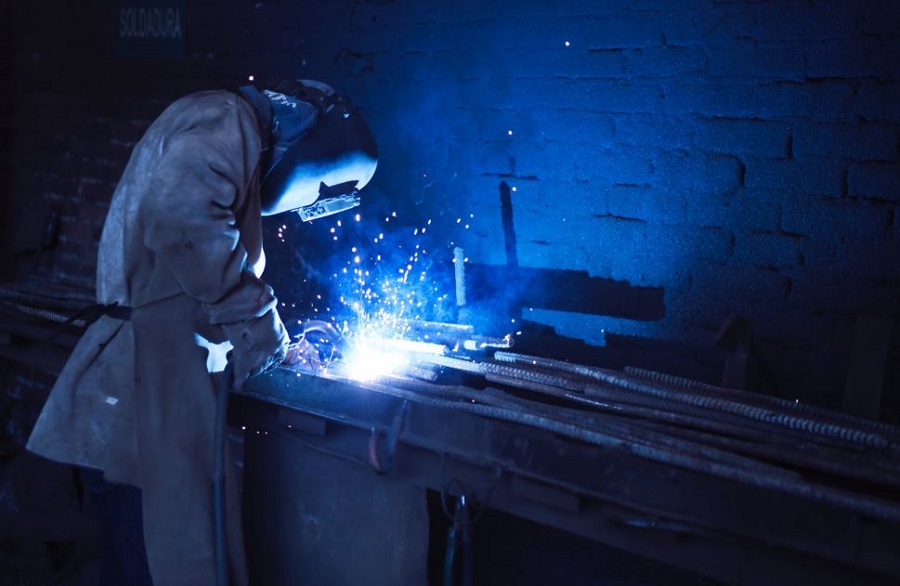
C’est sûrement l’une des tendances IoT qui prend déjà de l’ampleur en cette fin d’année 2018.
Maintenant bien assimilé par les entreprises, l’Internet des Objets connaît sa vraie première phase d’industrialisation. Les entreprises du secteur industriel terminent les preuves de concept et installent maintenant des capteurs ou connectent leurs machines actives sur les chaînes de production. Soyons clairs, les usines complètement connectées ne sont pas légion.
En revanche, les données de certaines chaînes de production sont maintenant analysées par des logiciels de production et d’aide à la maintenance. On parle de maintenance préventive et dans le meilleur des cas de maintenance prédictive. Les systèmes les plus avancés versent dans l’automatisation des tâches.
Que ce soit la connexion des nouveaux outils, la commande de nouvelles pièces, l’appel d’un technicien ou bien encore l’assemblage d’éléments, les possibilités sont nombreuses.
Les projets d’automatisations généralisés se multiplient. Il suffit de prendre l’exemple de la France pour s’en rendre compte. A Fougères près de Rennes, Atlantem, le fabricant de menuiseries va ouvrir en 2019 une usine 4.0 qui emploiera 150 salariés. Pour l’occasion, la société va créer 50 nouveaux postes. De son côté, Mars compte investir 26 millions d’euros dans “l’automatisation, la flexibilité et la qualité de production” de son usine près de Strasbourg comme le rapporte les Echos.
2. Edge computing : faciliter l’analyse des données en temps réel
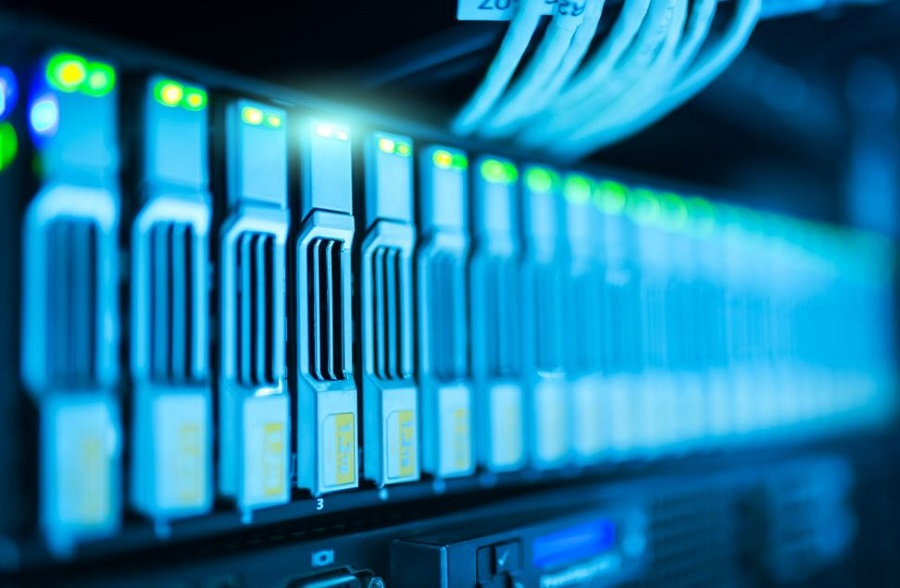
L’industrialisation de l’IoT dépend forcément des technologies déployées. Dans le cadre des usines connectées, il s’agit davantage de connecter des machines. Cependant, bon nombre de responsables d’usines veulent installer des capteurs qui recueillent et permettent d’analyser en temps réel leurs activités.
En cela, l’Edge Computing est une technologie idéale. Elle permet de réduire les temps de latence entre la collecte et le traitement des données. Ce dernier peut être opéré depuis des passerelles IoT ou bien les objets eux-mêmes. Pour cela, les entreprises privilégient les infrastructures de Cloud Hybride. Elles vont préférer adopter des espaces de colocations dans des datacenters proches de leurs sites plutôt que de passer par le Cloud public. La technique la plus fiable consiste à mettre en place des micro-datacenters auparavant utilisés par certains services des entreprises.
Le secteur industriel n’est pas le seul à avoir besoin de cette analyse en temps réel. Le déploiement des voitures autonomes, des systèmes de sécurité intelligents reposent sur la même technologie. L’Edge Computing reste et sera l’une des tendances IoT 2019.
3. Machine Learning et IA embarquée
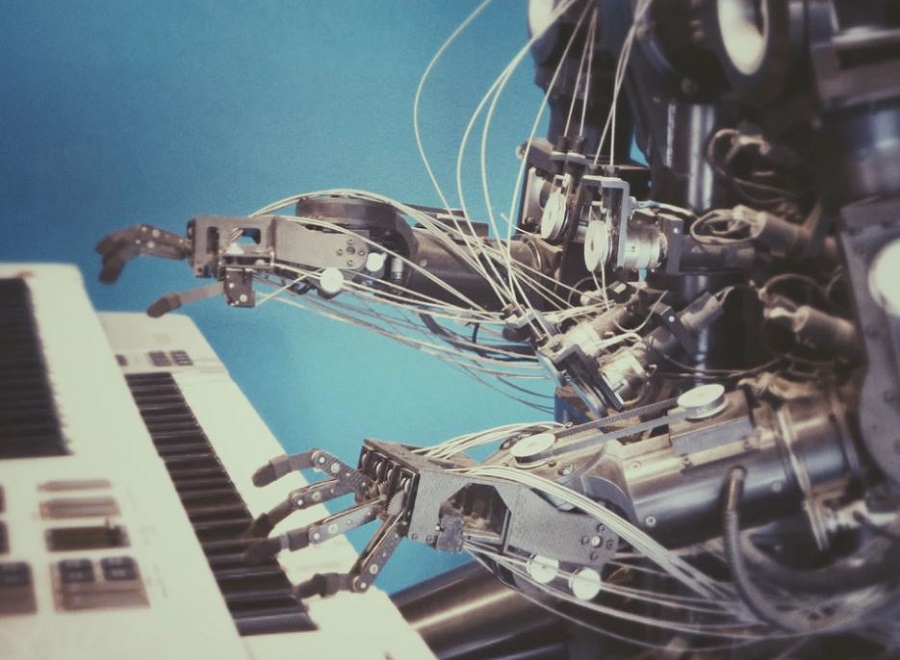
L’Edge Computing sous-tend une autre des tendances IoT 2019 : le machine learning ou l’IA embarquée. En effet, les concepteurs d’objets connectés veulent davantage de puissance de calcul et d’intelligence embarqués. Pour cela, il y a deux méthodes. Soit il faut muscler la vitesse d’horloge des composants. Soit il faut tabler sur l’intégration des algorithmes de machine learning préalablement entraînés depuis de puissantes infrastructures.
Les fabricants de voitures autonomes adoptent davantage la première méthode.
En ce sens, Nvidia développe des cartes basées sur des processeurs graphiques pouvant prendre place au sein des véhicules.
Cependant, la méthode préférée des concepteurs d’objets connectés reste l’embarquement de modèle de machine learning. Même avec un Raspberry Pi, il est possible de récupérer des données et de les corréler à un modèle prédéfini. Depuis une caméra, il détectera par exemple le non-port du casque en milieu industriel, la présence d’une personne devant une porte, enclencher le suivi d’objet, etc.
A terme, il s’agit de confier plus d’intelligence, plus d’indépendance et d’autonomie aux objets connectés.
4. Autonomie énergétique des objets
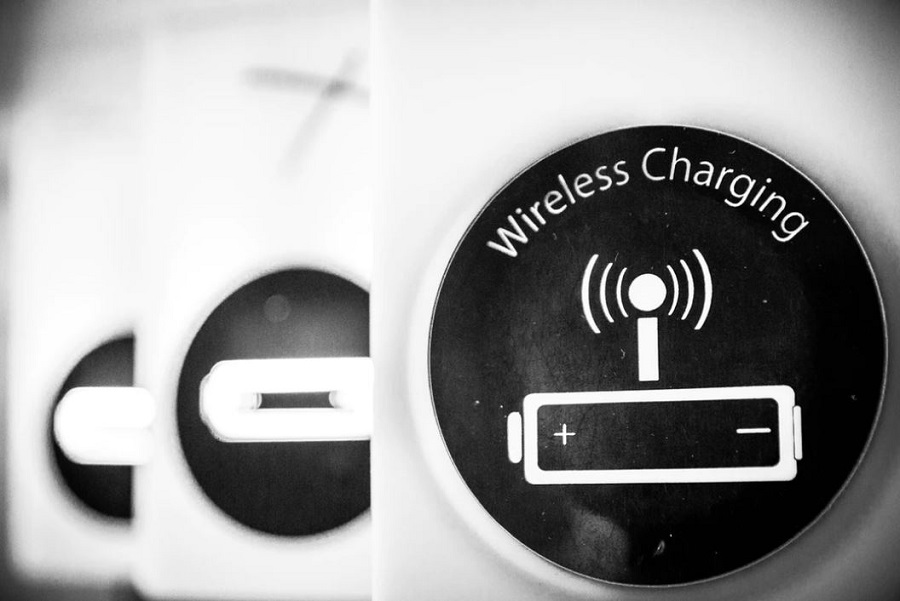
Émanciper les objets connectés des systèmes centraux et des smartphones demandent un effort particulier.
Le grand défi des concepteurs est de construire des produits au temps d’utilisation record. Pour cela, un soin tout particulier est apporté à l’autonomie énergétique des batteries utilisées. Certains dispositifs comme des capteurs environnementaux doivent pouvoir relever des données pendant plusieurs années. De même, dans un contexte de loisir, les fabricants de wearable doivent éviter de vendre des appareils à recharger tous les jours.
Dans le premier cas, les fournisseurs Sigfox et LoRa vantent les capacités de leurs réseaux IoT pour leur faible consommation d’énergie. Ils travaillent avec les fabricants pour augmenter au maximum la durée d’activité des appareils.
Les plus performants émettent des données pendant plus de cinq sans besoin de charger la batterie.
Dans le second cas, un acteur comme Qualcomm a dévoilé son nouveau SoC pour montre connectée. Le Snapdragon Wear 3100 permet d’utiliser un dispositif perfectionné au maximum pendant cinq jours. Les bracelets connectés un peu plus simples disposent eux d’une vingtaine de jours d’autonomie. L’année prochaine, les dispositifs seront, nous l’espérons, encore plus performants.
5. Sécurité IoT
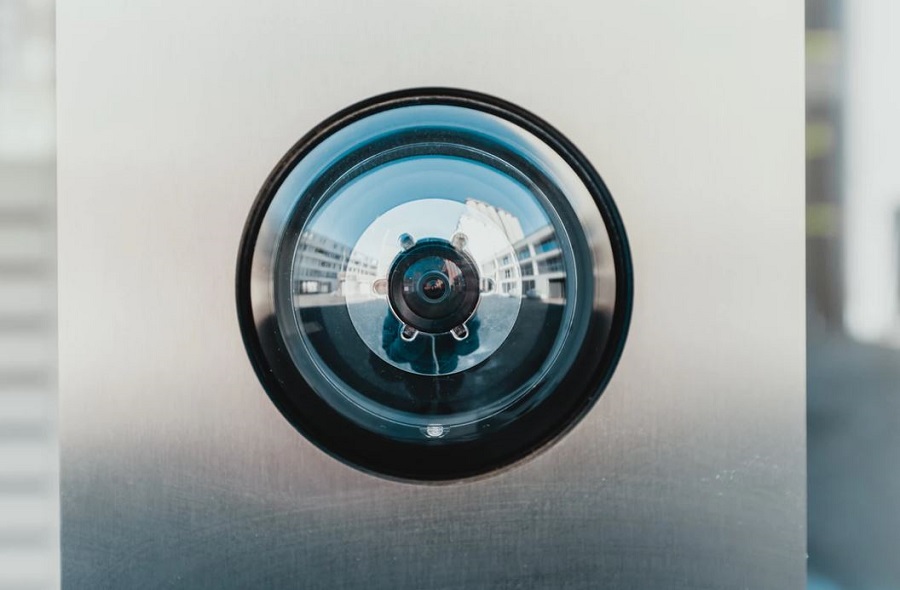
Voilà un secteur particulièrement dynamique.
Les entreprises de cybersécurité multiplient leurs efforts pour proposer des outils toujours plus performants. Ils s’adressent notamment aux concepteurs de produits IoT et aux utilisateurs de ces derniers, principalement des entreprises. De leur côté, les fabricants adoptent le principe de security by design. Cela leur assure la sécurisation des fonctions de bases des objets.
Cependant, il faut avant tout sécuriser le parc de dispositifs IoT déjà installés. C’est dans cette manne de produits mal protégés que les hackers piochent pour former leurs botnets IoT. Ils réalisent ensuite des attaques DDOS afin de brider l’accès à des services populaires.
Si les entreprises sont de plus en plus alertes à ce sujet, les cabinets de recherche ont découvert bon nombre de failles ou de botnets en 2018. La plupart du temps, les équipes de recherches arrivent à stopper les propagations de malware avant qu’un problème n’ait lieu. Il faut dire que certains cyberattaquants se contentent de recopier le code mis en ligne par un autre hacker.
Cependant, les professionnels ont remarqué l’émergence de nouveau moyen de piratage plus évolué. L’une des grosses Tendances IoT 2019 est donc la sécurisation des nouveaux appareils. Les sociétés comme Symantec, Avast, Qihoo et autres travaillent au développement de solutions mêlant IA et cybersécurité.
6. La 5G, de nouveau une des tendances IoT 2019
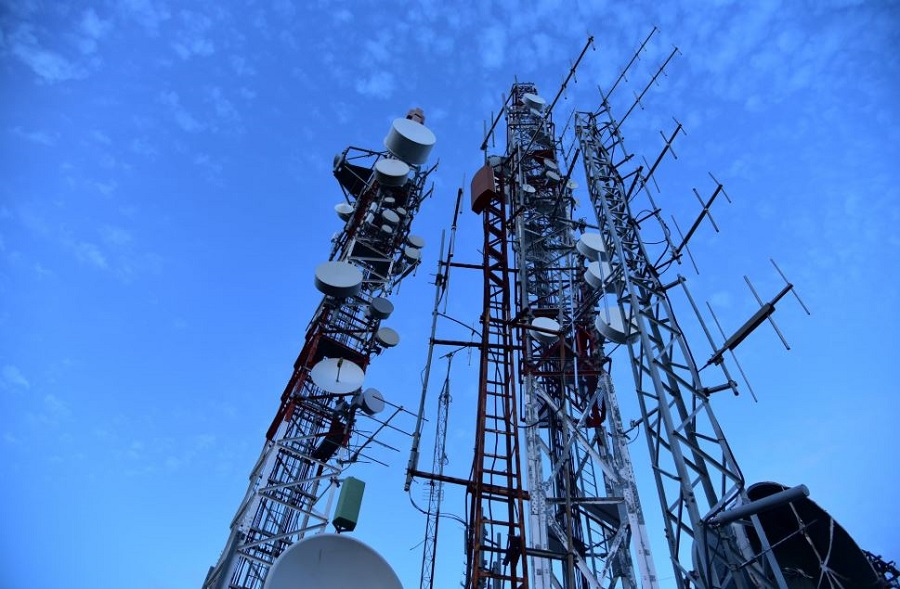
Ah, la 5G ! Voilà un sujet dont on entend parler régulièrement depuis deux ans. En revanche, les applications concrètes peinent à pointer le bout de leur nez. Alors, pourquoi l’ajouter dans ce top des tendances IoT 2019 ? Tout simplement, car les premiers déploiements à grande échelle et les premières offres commerciales seront lancés dès l’année prochaine. Il s’agira dans un premier temps de diffuser des contenus très haute résolution sur des smartphones. L’on imagine que de nombreux tests en lien avec des voitures autonomes seront menés.
Outre le début des déploiements à large échelle, l’année 2019 sera l’occasion de voir les premiers projets IoT exploitant cette technologie. En France, l’Arcep a notamment lancé plusieurs consultations en 2018 pour analyser et comprendre les besoins des entreprises.Cela permettra notamment de régler certains problèmes de connexions rencontrés avec les systèmes MtoM actuels.
7. Constellation IoT
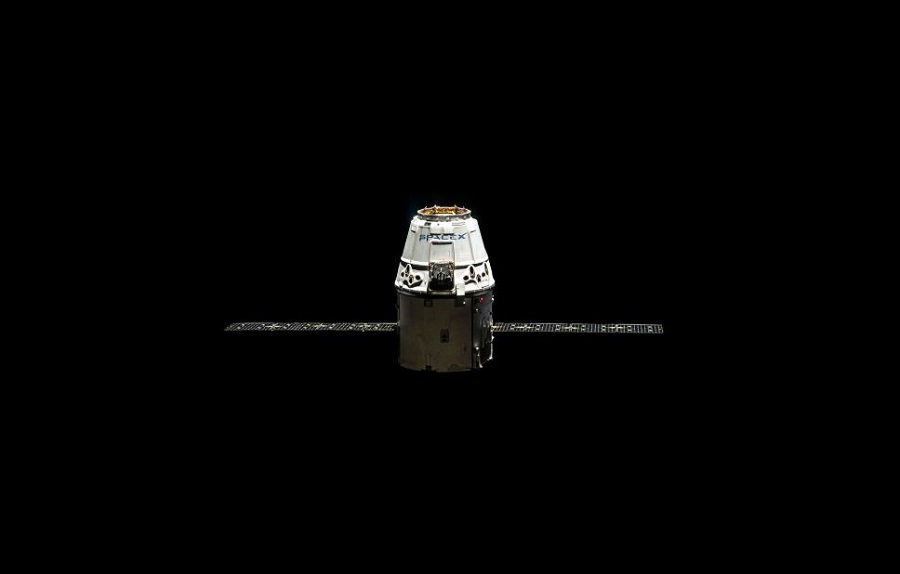
Après le déploiement de la 5G, du NB-IoT, de LoRa et de Sigfox, les opérateurs veulent maintenant aller dans l’espace. Plusieurs entreprises veulent lancer des nanosatellites en orbite basse afin de créer des constellations IoT. Collecte Localisation Satellites, Sigfox, Eusatel, Startlink (SpaceX), Fleet Space ou encore Iridium sont quelques-uns des acteurs prêts à déployer de tels infrastructures spatiales.
L’objectif n’est pas de créer un nouveau protocole IoT, mais de transmettre les données en rendant compatibles les standards IoT avec les bandes de fréquences spatiales. Il s’agit de couvrir l’ensemble des territoires qui ne sont pas encore desservis par les réseaux cités précédemment. L’espace maritime est le premier terrain de jeu visé. Cela permettrait de réduire drastiquement les coûts de géolocalisation en se passant des contrats d’interopérabilités entre les opérateurs. En France, l’exploitation spatiale bénéficie depuis peu d’une fiscalité avantageuse. Voilà donc un vecteur de développement important et une des tendances IoT à suivre de près.
ObjetConnectés.com
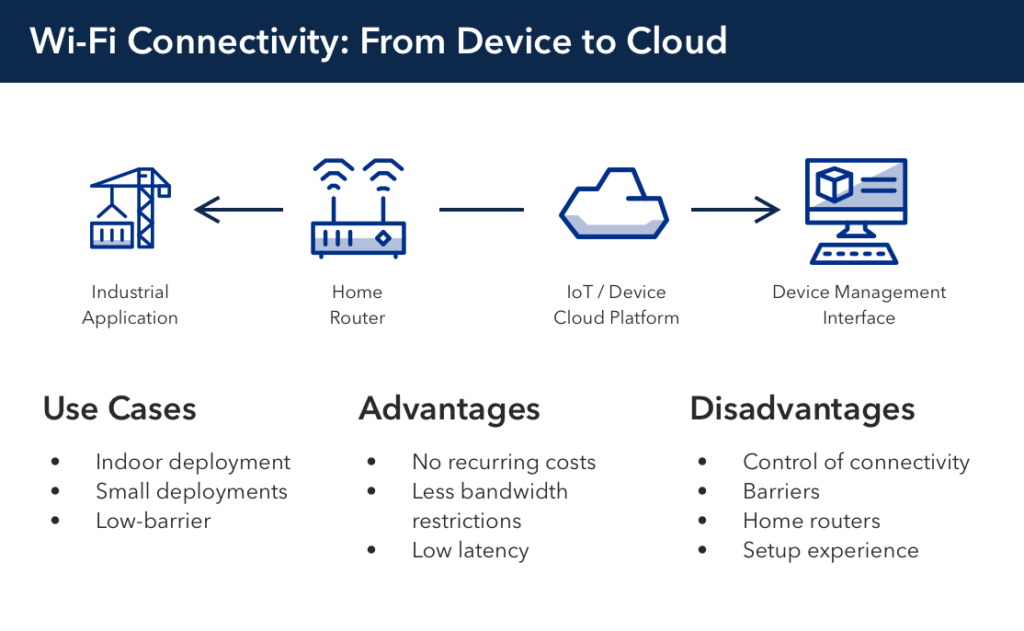
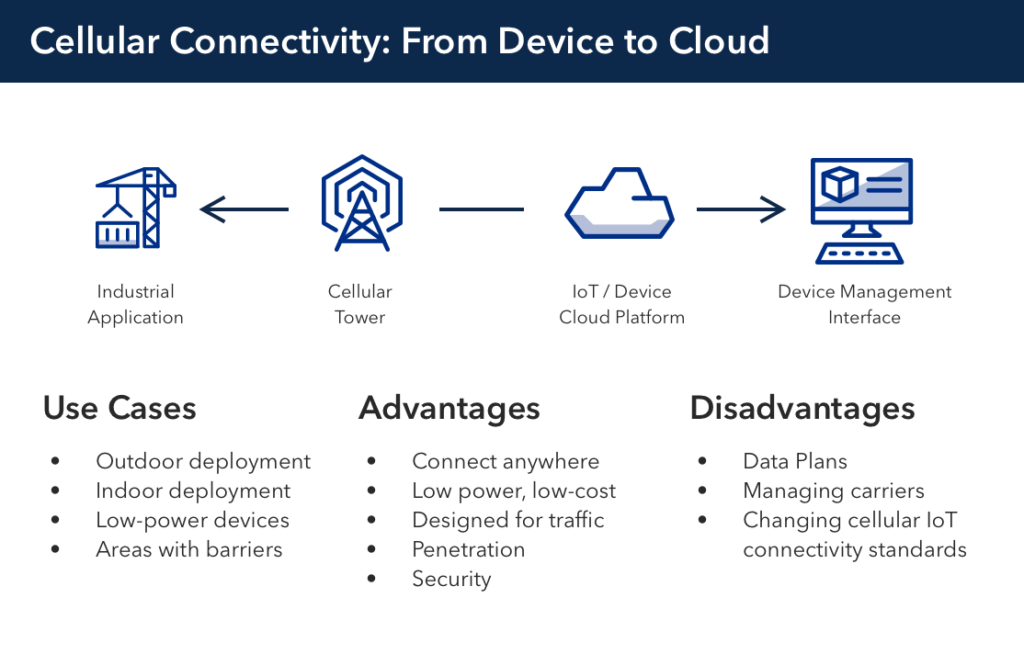


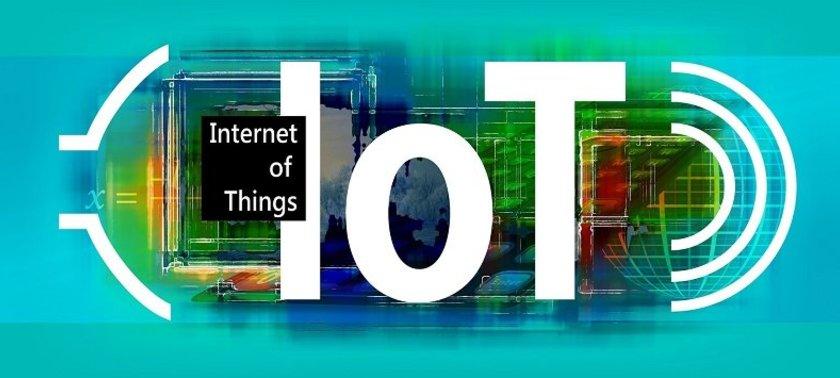

Commentaires récents